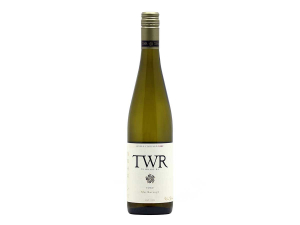Natural wines, for example, take us back to a time before additives such as sulphur were added to lengthen the life of wine. Orange wine gains its distinctive colour and reputation from allowing crushed white grapes lengthy skin contact, a practice that was once fairly standard. PetNat or Pétillant-Naturel is sparkling wine made in the Méthode Ancestrale by bottling the wine before primary fermentation is finished, without the addition of secondary yeasts or sugars.
Now a handful of local wine producers are making often very stylish wines by picking several, usually white, grape varieties at the same time and co-fermenting them to produce wines that, in music terms, are representative of a symphony rather than a solo performance.
The result can be very pleasing, as I discovered when I tasted 2020 Te Whare Ra Toru, a co-fermented field blend of Gewürztraminer, Riesling and Pinot Gris. It is a fragrant and delicious wine that suggests Gewürztraminer with the volume turned down and assisted by fruity acidity, possibly a contribution from the Riesling component. However, the best way to enjoy a field blend is to ignore its varietal make-up, shut your eyes and enjoy.
I first encountered white wines made from a field blend while touring wineries near Vienna. This Viennese wine specialty is Weiner Gemischter Satz, a field blend using at least three grape varieties from a vineyard in Vienna.
It confused me. I had always believed that each grape variety has a perfect moment of physiological ripeness which is when it should be picked. Gewürztraminer ripens much earlier than Riesling. Pick them at the same time and surely one variety will be overripe or underripe? The Viennese wines I tried were delicious as long as I didn’t try to disassemble them. The magic disappeared if I strained to identify the Grüner Veltliner component.
Vineyards were once planted with a mix of grape varieties so the composition in the vineyard produced their target style. In the case of white grapes, they might plant a little more Riesling to give extra acidity or more Pinot Gris to add colour depth. A mix of grapes offered some protection against adverse weather such as frost, hail or rain. Field blends became unfashionable toward the end of the 19th century. I’m all for a field blend revival.












